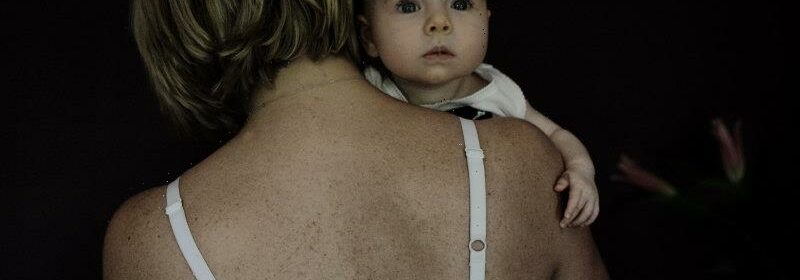Australia’s aiming high on gender equity. But it won’t happen overnight

Talking points
- Female workforce participation is 9 percentage points lower than men.
- The lift to paid parental leave from 20 to 26 weeks will be fully implemented from 2026.
- Labor will spend $4.7 billion on childcare, but the changes won’t kick in until July next year.
On election night in May, a triumphant Anthony Albanese said that promoting equal opportunity for women would become a “national economic and social priority”.
Sure enough, gender equity is a key theme of the budget. It includes an ambitious national gender equality strategy with the goal of making Australia “one of the most gender-equal countries in the world”.
But anyone with hopes for rapid-fire changes will be disappointed.
Changes to paid parental leave will come in from 2023.Credit:Louise Kennerley
Labor’s $4.7 billion boost to childcare, a central theme of its election pitch, does not kick in until the middle of next year. The budget’s other major policy to advance gender equality – lifting paid parental leave from 20 weeks to 26 weeks – will not be fully implemented until 2026.
The government claims changes to the workplace relations system and “shining a light on pay inequity through improved transparency measures” will help narrow the persistent pay gap between men and women. That will take years to make any difference.
Even so, these policies and the ambitious longer-term aims outlined in the women’s budget statement released with the October budget promise to reset the way the economy works.
Australian women are among the best-educated in the world, and the share of women with a bachelor’s degree (or higher) is greater than for men. Yet rates of female workforce participation are about 9 percentage points lower than those of men, and the share of women working part-time is much higher. Gender differences in the participation in paid work exist across all levels of education.
These mismatches suggest workplace policies have lagged the reality of the 21st century labour market.
It will take some years for Labor’s new childcare and paid parental leave policies to take effect, but they will make it easier for families to juggle paid work and care.
Perhaps the most significant change for gender equity is the ambition expressed in the budget.
The special budget statement on women begins with the claim “gender inequality is holding Australia back” and says the government is committed to advancing gender equality and “closing the gender gaps in our community”.
To achieve this, it is “strengthening and empowering” the Office for Women and “building capability” across the public service
Labor has repeatedly framed gender-related policies as economic reforms rather than welfare payments.
Last month Minister for Women Katy Gallagher said promoting gender equality is not just “something nice … it’s not social policy, it’s good economic policy, and everyone signed up to that”.
The budget fleshes out this theme.
“Gender equality brings with it opportunities for women and men to thrive, making our economy stronger, more inclusive and more sustainable,” the women’s budget statement says.
“The government is putting gender equality at the heart of policy and decision-making through the introduction of gender responsive budgeting, which aims to run the objective of delivering gender equality across the whole budget process.”
The budget says the new National Strategy to Achieve Gender Equality will set out concrete actions that focus on: women’s economic equality and independence; leadership, representation and rights; balancing family and care responsibilities; and health and wellbeing.
“Focusing on these areas recognises the inequalities currently experienced by women in Australia,” it says.
The budget also emphasises strategies to promote women’s health and end gender-based violence.
Most Viewed in Politics
From our partners
Source: Read Full Article
